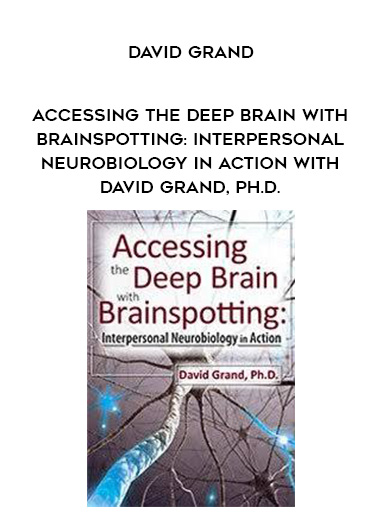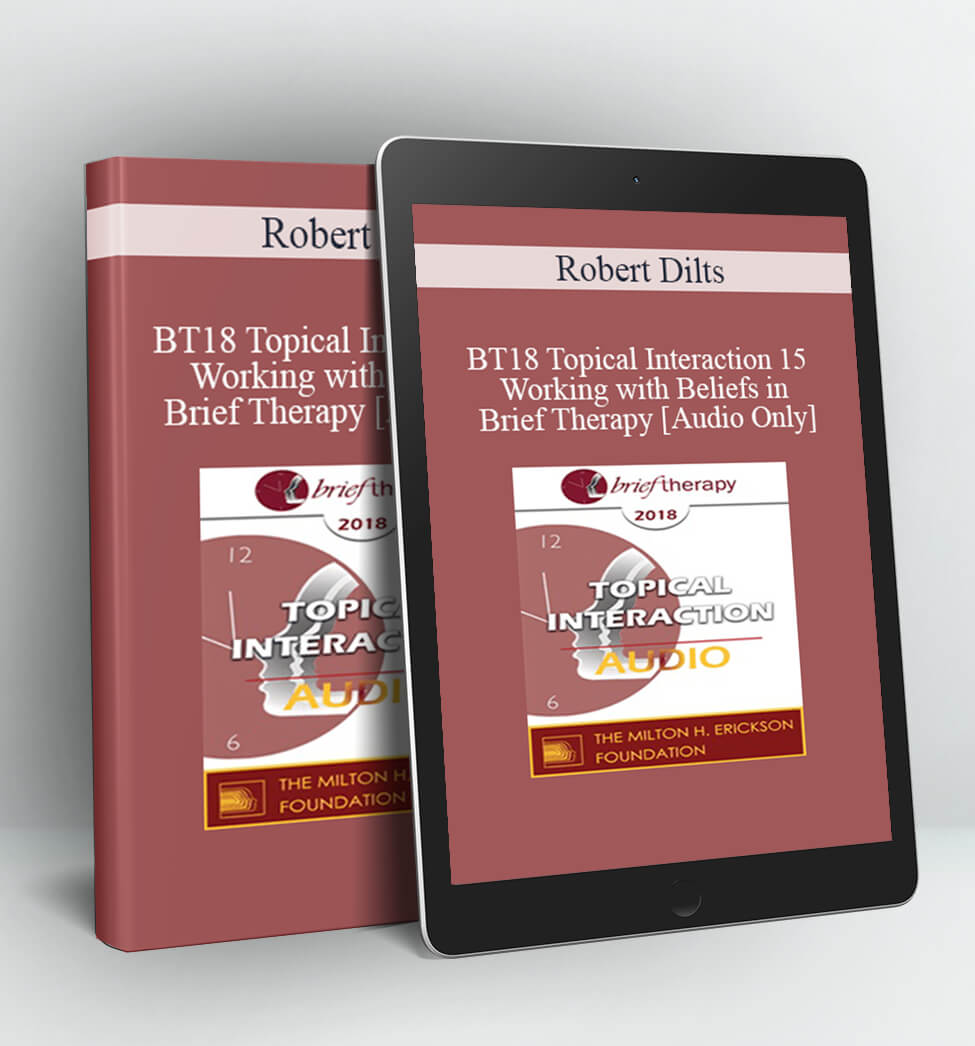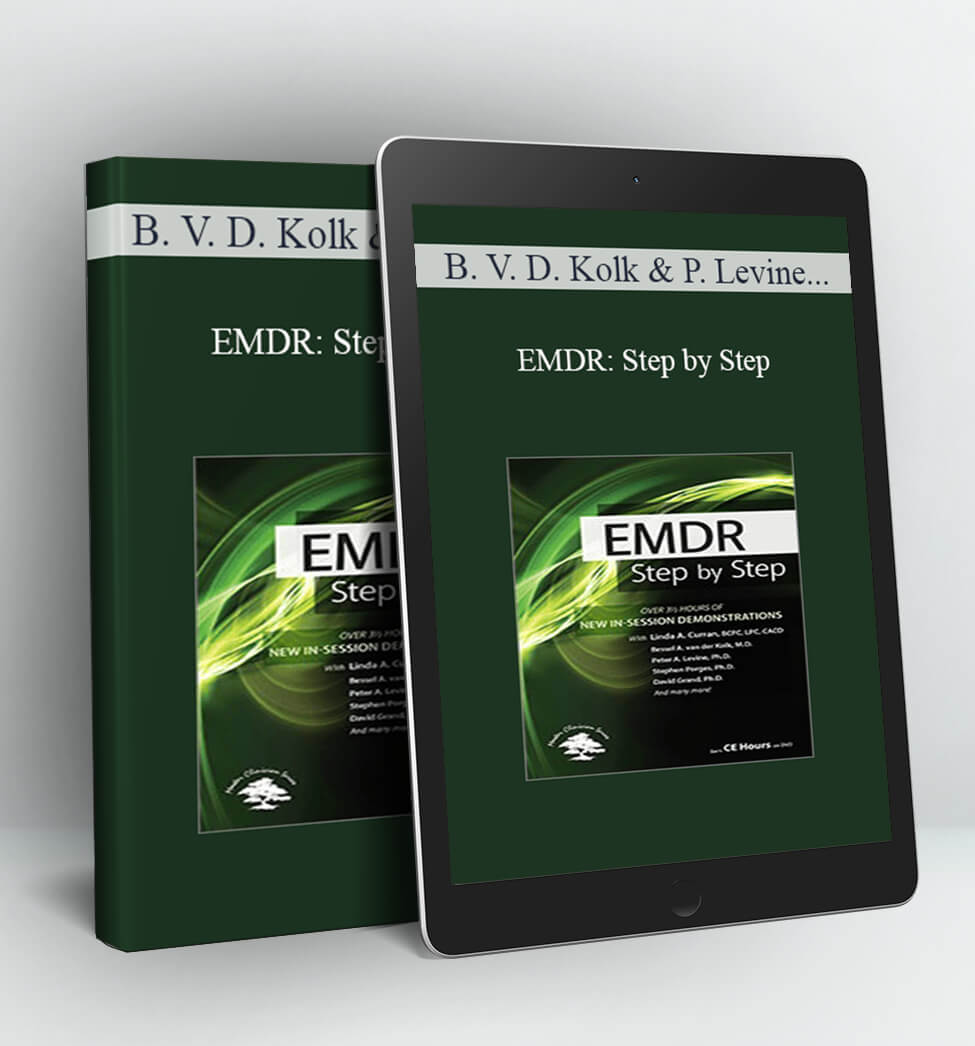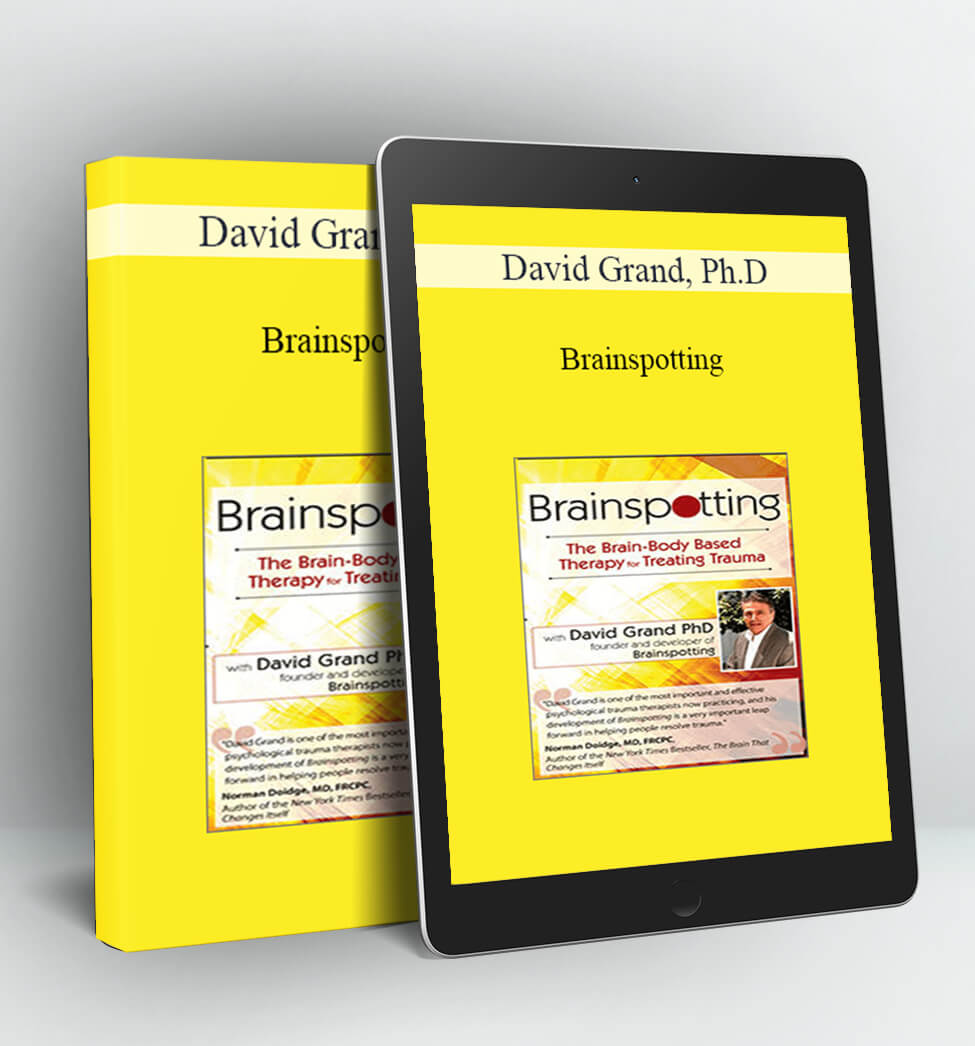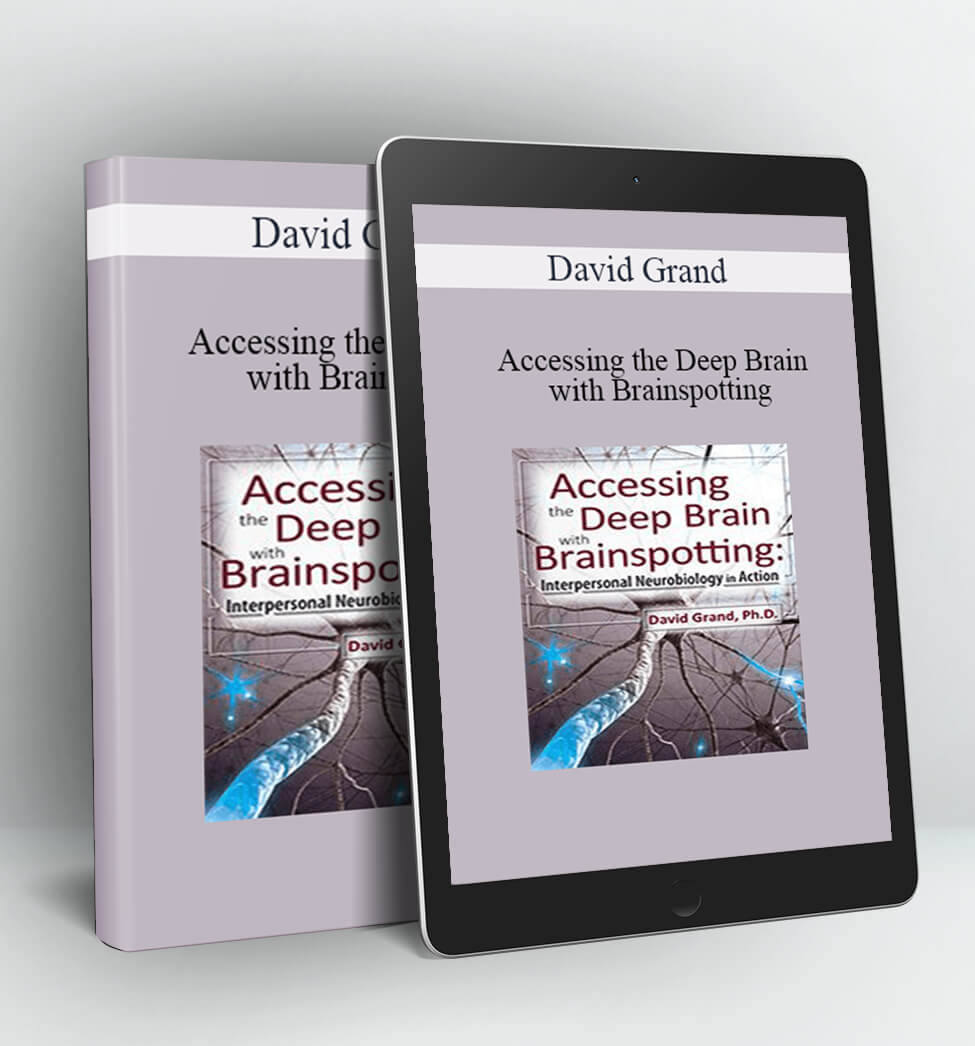
Accessing the Deep Brain with Brainspotting: Interpersonal Neurobiology in Action with David Grand, Ph.D. – David Grand
Symptoms of unprocessed trauma-including dissociation, numbing, and chronic anxiety-are notoriously difficult to eliminate through talk therapy, since the overwhelmed brain is unable to process verbal information about the events. But Brainspotting, a brain-based method of clearing trauma blockage without clients having to talk about it, nurtures their capacity for natural self-healing.
- Identify how specific eye movements, including wobbles and microsaccades, as well as other facial cues and reflexes reveal specific “spots” in the brain
- Describe “brainspots,” the eye positions associated with the activation of trauma
- Instruct traumatized clients to attend to their inner experience as they move through dissociative blocks and maximize a process of self-healing
- Develop skills that allow you to pay attention to interactions with clients while staying attuned to the internal brain changes reflected in their eye movements
Get Accessing the Deep Brain with Brainspotting: Interpersonal Neurobiology in Action with David Grand, Ph.D. of author David Grand
Introduction to Brainspotting
- Overview education of the components of the brain
- Identifying the advantages of using brainspotting over talk therapy to overcome trauma and other clinical issues
Discussion/demonstration of how to use Brainspotting in a clinical session
- Understanding the science behind why brainspotting works
- Live demonstration of Brainspotting in action
- Q&A session and audience comments on the implementation of Brainspotting
Concluding remarks from David Grand
- Final remarks following session experience and enhanced attunement
- Follow-up training opportunities with David Grand

